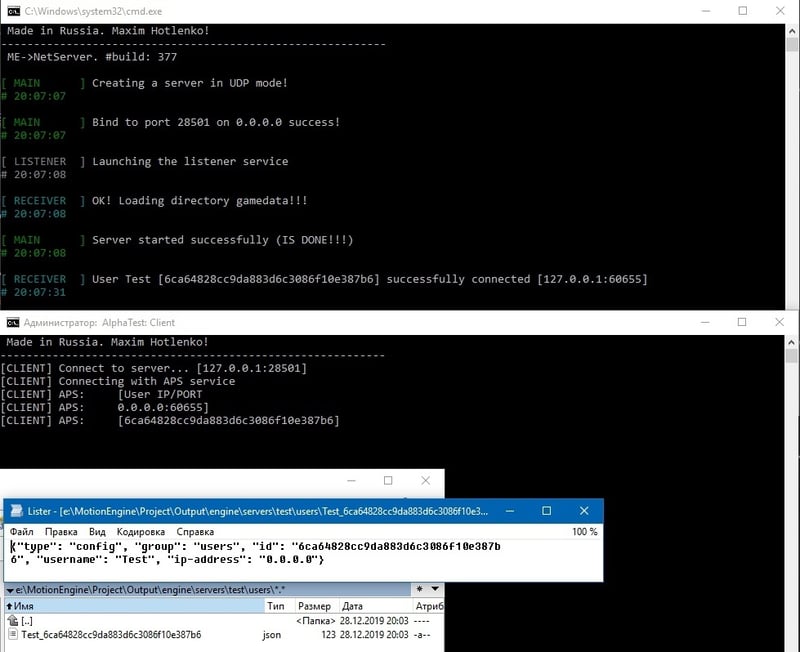Designing a successful Application Security program: Strategies, Tips and Tools for the Best Performance
To navigate the complexity of modern software development requires a thorough, multi-faceted approach to application security (AppSec) which goes beyond just vulnerability scanning and remediation. The constantly changing threat landscape, coupled with the rapid pace of technological advancement and the growing complexity of software architectures requires a comprehensive, proactive strategy that seamlessly integrates security into each phase of the development process. This comprehensive guide explores the fundamental elements, best practices, and cutting-edge technology used to build a highly-effective AppSec programme. It empowers organizations to increase the security of their software assets, mitigate risks and foster a security-first culture. The success of an AppSec program is built on a fundamental shift of mindset. Security must be considered as a key element of the process of development, not as an added-on feature. This fundamental shift in perspective requires a close partnership between developers, security, operational personnel, and others. see how It eliminates silos and fosters a sense sharing responsibility, and encourages collaboration in the security of apps that they create, deploy and maintain. By embracing a DevSecOps approach, companies can weave security into the fabric of their development workflows and ensure that security concerns are addressed from the early stages of ideation and design all the way to deployment and ongoing maintenance. The key to this approach is the establishment of clear security guidelines, standards, and guidelines which establish a foundation for safe coding practices, threat modeling, as well as vulnerability management. These policies must be based on industry best practices such as the OWASP top 10 list, NIST guidelines, as well as the CWE. They should take into account the unique requirements and risks profiles of an organization's applications and the business context. These policies should be codified and easily accessible to all parties and organizations will be able to implement a standard, consistent security policy across their entire collection of applications. To implement these guidelines and make them relevant to development teams, it's crucial to invest in comprehensive security education and training programs. These initiatives must provide developers with knowledge and skills to write secure software and identify weaknesses and implement best practices for security throughout the development process. The training should cover a variety of aspects, including secure coding and the most common attack vectors as well as threat modeling and safe architectural design principles. By fostering a culture of continuing education and providing developers with the tools and resources needed to integrate security into their daily work, companies can create a strong base for an effective AppSec program. In addition to educating employees organizations should also set up robust security testing and validation methods to find and correct vulnerabilities before they can be exploited by malicious actors. This is a multi-layered process which includes both static and dynamic analysis techniques, as well as manual penetration testing and code review. ai in application security At the beginning of the development process Static Application Security Testing tools (SAST) can be used to discover vulnerabilities like SQL Injection, cross-site scripting (XSS) and buffer overflows. Dynamic Application Security Testing (DAST) tools can, on the contrary are able to simulate attacks against operating applications, identifying weaknesses that may not be detectable using static analysis on its own. Although these automated tools are necessary for identifying potential vulnerabilities at an escalating rate, they're not the only solution. manual penetration testing performed by security experts is crucial to uncovering complex business logic-related weaknesses that automated tools may not be able to detect. Combining automated testing with manual validation allows organizations to get a complete picture of their security posture. It also allows them to prioritize remediation strategies based on the degree and impact of the vulnerabilities. To enhance the efficiency of the effectiveness of an AppSec program, companies should consider leveraging advanced technologies such as artificial intelligence (AI) and machine learning (ML) to augment their security testing capabilities and vulnerability management. multi-agent approach to application security AI-powered tools are able to analyze huge amounts of code and application data, identifying patterns as well as anomalies that could be a sign of security issues. These tools also learn from previous vulnerabilities and attack techniques, continuously improving their ability to detect and prevent emerging security threats. A particularly exciting application of AI in AppSec is the use of code property graphs (CPGs)

To navigate the complexity of modern software development requires a thorough, multi-faceted approach to application security (AppSec) which goes beyond just vulnerability scanning and remediation. The constantly changing threat landscape, coupled with the rapid pace of technological advancement and the growing complexity of software architectures requires a comprehensive, proactive strategy that seamlessly integrates security into each phase of the development process. This comprehensive guide explores the fundamental elements, best practices, and cutting-edge technology used to build a highly-effective AppSec programme. It empowers organizations to increase the security of their software assets, mitigate risks and foster a security-first culture.
The success of an AppSec program is built on a fundamental shift of mindset. Security must be considered as a key element of the process of development, not as an added-on feature. This fundamental shift in perspective requires a close partnership between developers, security, operational personnel, and others. see how It eliminates silos and fosters a sense sharing responsibility, and encourages collaboration in the security of apps that they create, deploy and maintain. By embracing a DevSecOps approach, companies can weave security into the fabric of their development workflows and ensure that security concerns are addressed from the early stages of ideation and design all the way to deployment and ongoing maintenance.
The key to this approach is the establishment of clear security guidelines, standards, and guidelines which establish a foundation for safe coding practices, threat modeling, as well as vulnerability management. These policies must be based on industry best practices such as the OWASP top 10 list, NIST guidelines, as well as the CWE. They should take into account the unique requirements and risks profiles of an organization's applications and the business context. These policies should be codified and easily accessible to all parties and organizations will be able to implement a standard, consistent security policy across their entire collection of applications.
To implement these guidelines and make them relevant to development teams, it's crucial to invest in comprehensive security education and training programs. These initiatives must provide developers with knowledge and skills to write secure software and identify weaknesses and implement best practices for security throughout the development process. The training should cover a variety of aspects, including secure coding and the most common attack vectors as well as threat modeling and safe architectural design principles. By fostering a culture of continuing education and providing developers with the tools and resources needed to integrate security into their daily work, companies can create a strong base for an effective AppSec program.
In addition to educating employees organizations should also set up robust security testing and validation methods to find and correct vulnerabilities before they can be exploited by malicious actors. This is a multi-layered process which includes both static and dynamic analysis techniques, as well as manual penetration testing and code review. ai in application security At the beginning of the development process Static Application Security Testing tools (SAST) can be used to discover vulnerabilities like SQL Injection, cross-site scripting (XSS) and buffer overflows. Dynamic Application Security Testing (DAST) tools can, on the contrary are able to simulate attacks against operating applications, identifying weaknesses that may not be detectable using static analysis on its own.
Although these automated tools are necessary for identifying potential vulnerabilities at an escalating rate, they're not the only solution. manual penetration testing performed by security experts is crucial to uncovering complex business logic-related weaknesses that automated tools may not be able to detect. Combining automated testing with manual validation allows organizations to get a complete picture of their security posture. It also allows them to prioritize remediation strategies based on the degree and impact of the vulnerabilities.
To enhance the efficiency of the effectiveness of an AppSec program, companies should consider leveraging advanced technologies such as artificial intelligence (AI) and machine learning (ML) to augment their security testing capabilities and vulnerability management. multi-agent approach to application security AI-powered tools are able to analyze huge amounts of code and application data, identifying patterns as well as anomalies that could be a sign of security issues. These tools also learn from previous vulnerabilities and attack techniques, continuously improving their ability to detect and prevent emerging security threats.
A particularly exciting application of AI in AppSec is the use of code property graphs (CPGs) to enable more accurate and efficient vulnerability identification and remediation. CPGs are a rich representation of the codebase of an application that not only captures its syntactic structure but additionally complex dependencies and connections between components. Utilizing the power of CPGs AI-driven tools are able to provide a thorough, context-aware analysis of a system's security posture, identifying vulnerabilities that may be missed by traditional static analysis methods.
Furthermore, CPGs can enable automated vulnerability remediation by making use of AI-powered code transformation and repair techniques. By analyzing the semantic structure of the code as well as the nature of the identified weaknesses, AI algorithms can generate targeted, context-specific fixes that solve the root cause of the issue rather than merely treating the symptoms. This technique not only speeds up the remediation process but also reduces the risk of introducing new security vulnerabilities or breaking functionality that is already in place.
Integrating security testing and validating into the continuous integration/continuous deployment (CI/CD), pipeline is a key component of an effective AppSec. Through automating security checks and integrating them in the build and deployment process organizations can detect vulnerabilities early and avoid them getting into production environments. This shift-left approach to security enables faster feedback loops, reducing the amount of time and effort required to discover and rectify problems.
To attain this level of integration, businesses must invest in right tooling and infrastructure to enable their AppSec program. This is not just the security tools but also the platforms and frameworks that facilitate seamless integration and automation. Containerization technology such as Docker and Kubernetes can play a vital role in this regard, creating a reliable, consistent environment to run security tests, and separating potentially vulnerable components.
Effective communication and collaboration tools are just as important as technology tools to create an environment of safety and enabling teams to work effectively with each other. Jira and GitLab are both issue tracking systems that allow teams to monitor and prioritize vulnerabilities. Tools for messaging and chat such as Slack and Microsoft Teams facilitate real-time knowledge sharing and communications between security professionals.
The success of the success of an AppSec program depends not only on the tools and techniques employed but also on the people and processes that support the program. To build a culture of security, you require leadership commitment in clear communication as well as the commitment to continual improvement. Companies can create an environment where security is more than a tool to mark, but an integral aspect of growth by encouraging a shared sense of accountability, encouraging dialogue and collaboration, providing resources and support and encouraging a sense that security is a shared responsibility.
In order for their AppSec programs to be effective over time, organizations need to establish important metrics and key-performance indicators (KPIs). These KPIs will help them track their progress and help them identify improvements areas. These metrics should span the entire lifecycle of an application starting from the number of vulnerabilities identified in the initial development phase to time it takes to correct the security issues, as well as the overall security status of applications in production. By regularly monitoring and reporting on these metrics, companies can justify the value of their AppSec investments, spot trends and patterns and make informed decisions on where they should focus their efforts.
In addition, organizations should engage in continual education and training activities to stay on top of the ever-changing threat landscape and emerging best methods. It could involve attending industry-related conferences, participating in online training programs as well as collaborating with security experts from outside and researchers to stay on top of the latest developments and techniques. By fostering an ongoing culture of learning, companies can ensure their AppSec programs remain adaptable and robust to the latest challenges and threats.
Finally, it is crucial to be aware that app security is not a one-time effort but an ongoing process that requires constant dedication and investments. As new technologies develop and the development process evolves organisations must continuously review and revise their AppSec strategies to ensure they remain efficient and in line with their objectives. By adopting a continuous improvement mindset, encouraging collaboration and communication, and leveraging advanced technologies such CPGs and AI companies can develop a robust and adaptable AppSec program that does not only safeguard their software assets, but also help them innovate within an ever-changing digital landscape.
ai in application security






















































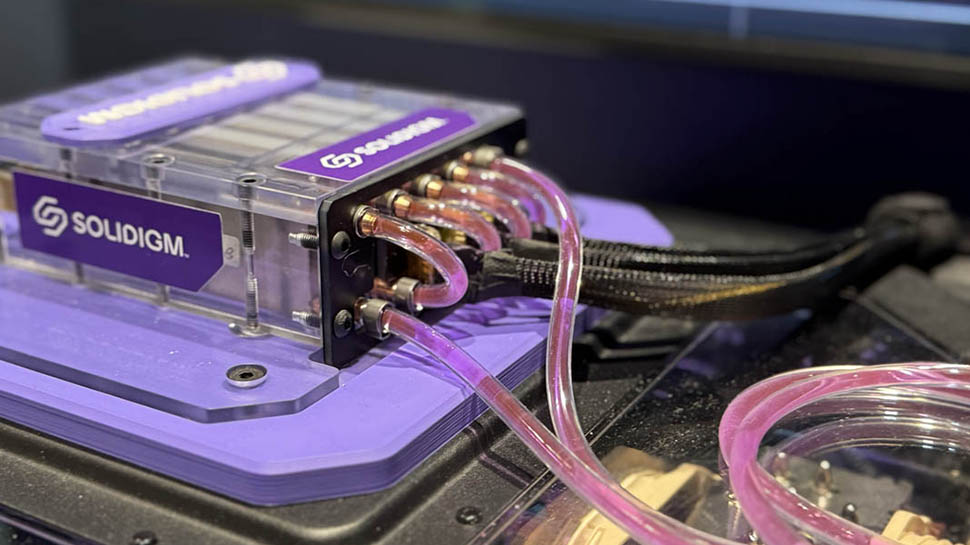












![Apple's M5 iPad Pro Enters Advanced Testing for 2025 Launch [Gurman]](https://www.iclarified.com/images/news/96865/96865/96865-640.jpg)
![M5 MacBook Pro Set for Late 2025, Major Redesign Waits Until 2026 [Gurman]](https://www.iclarified.com/images/news/96868/96868/96868-640.jpg)
![Apple to Revamp Health App with AI-Powered Doctor [Gurman]](https://www.iclarified.com/images/news/96870/96870/96870-640.jpg)
![Lowest Prices Ever: Apple Pencil Pro Just $79.99, USB-C Pencil Only $49.99 [Deal]](https://www.iclarified.com/images/news/96863/96863/96863-640.jpg)














![What Google Messages features are rolling out [March 2025]](https://i0.wp.com/9to5google.com/wp-content/uploads/sites/4/2023/12/google-messages-name-cover.png?resize=1200%2C628&quality=82&strip=all&ssl=1)






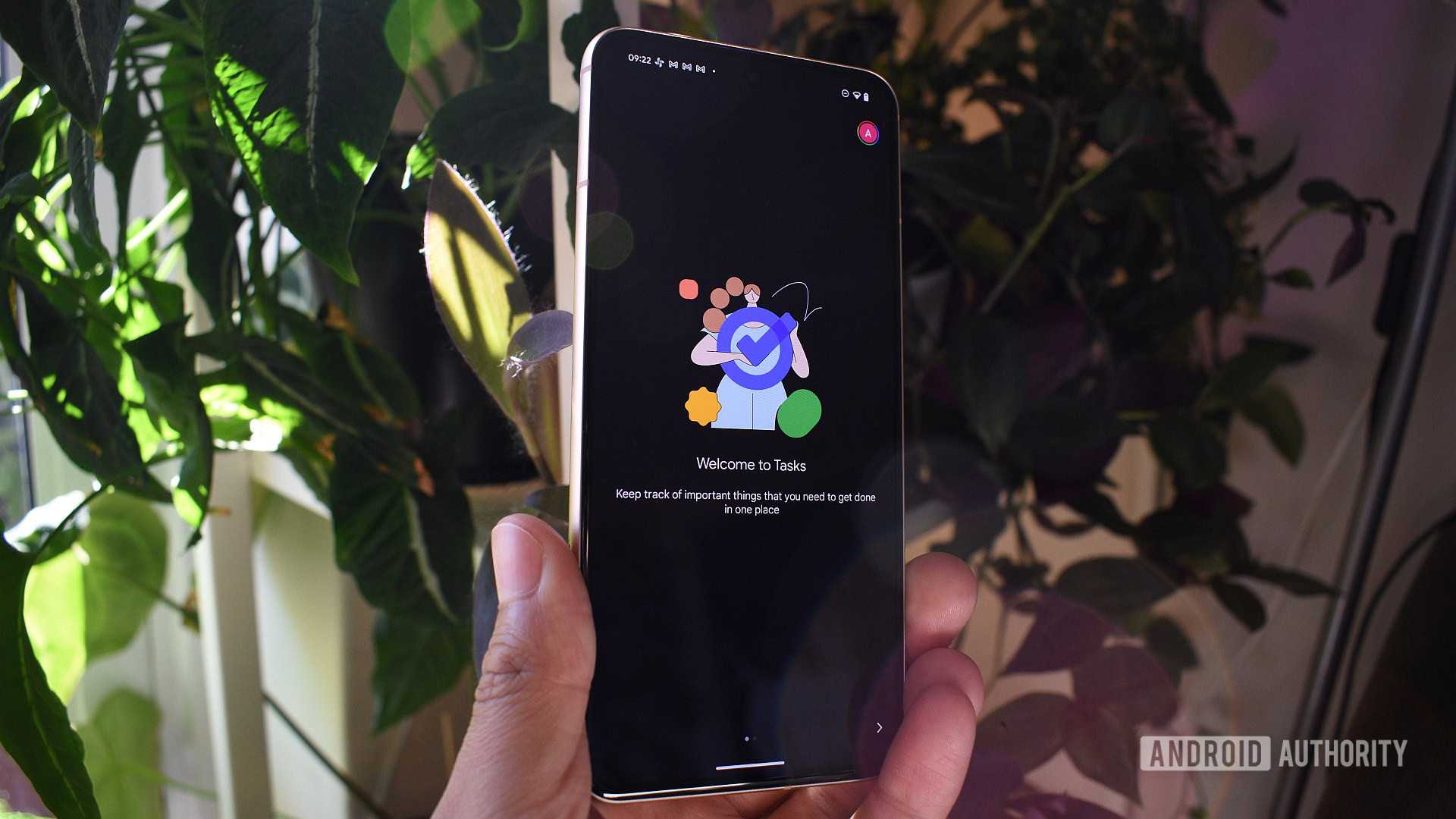



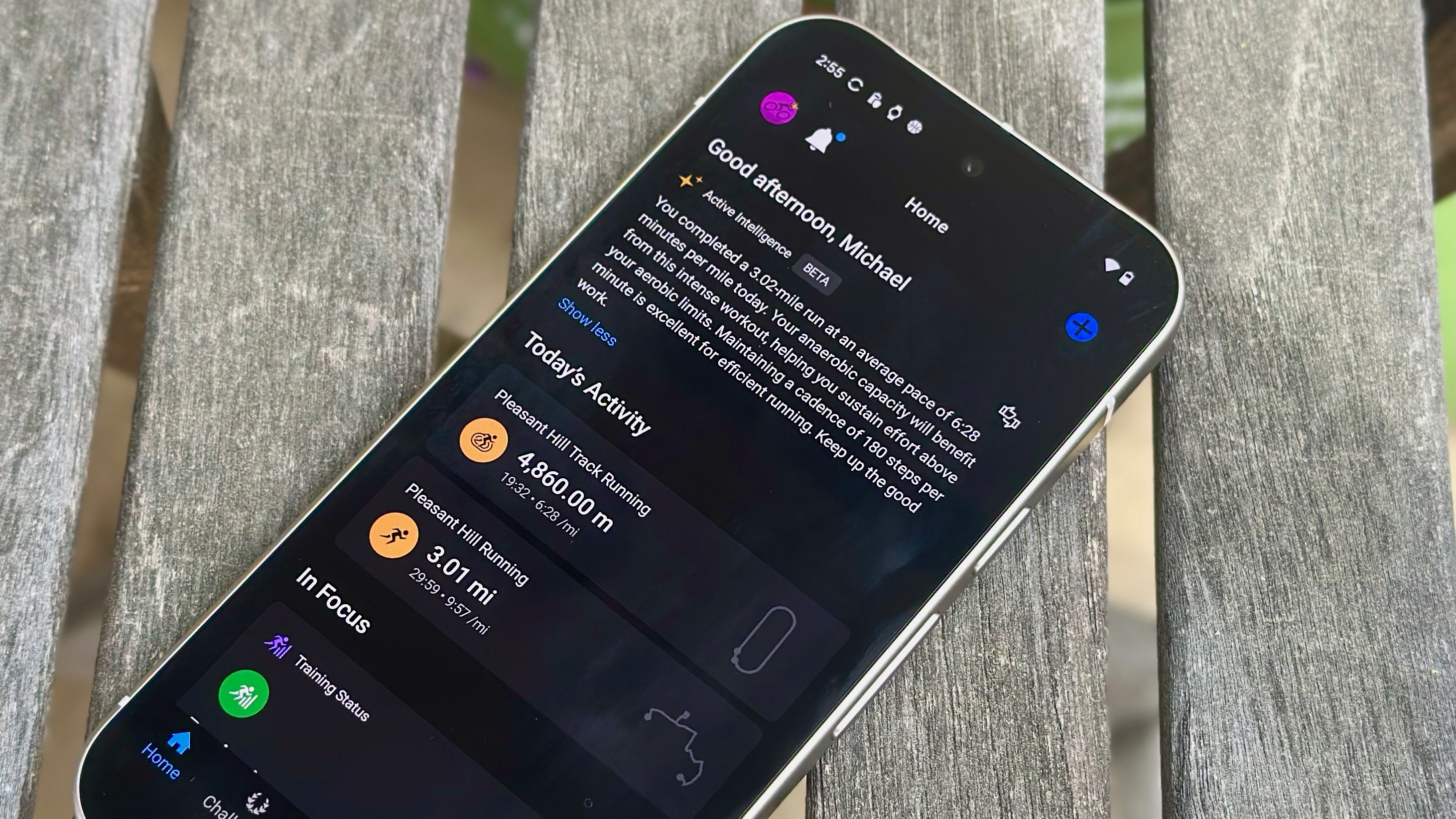






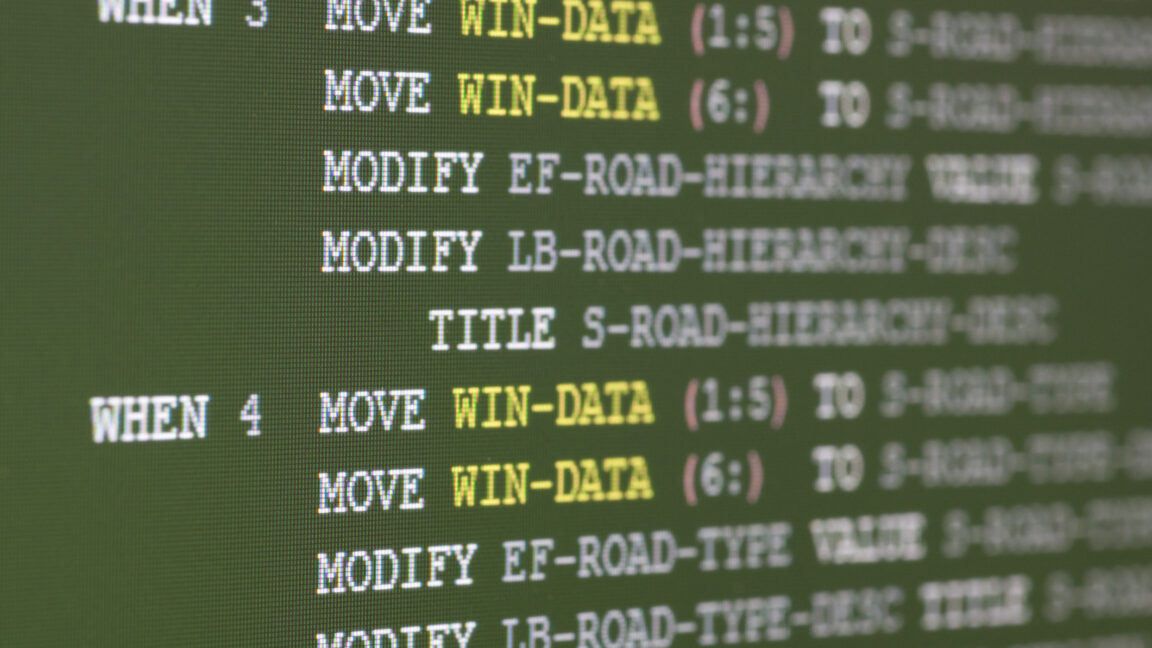

















































































































































![[The AI Show Episode 141]: Road to AGI (and Beyond) #1 — The AI Timeline is Accelerating](https://www.marketingaiinstitute.com/hubfs/ep%20141.1.png)
![[The AI Show Episode 140]: New AGI Warnings, OpenAI Suggests Government Policy, Sam Altman Teases Creative Writing Model, Claude Web Search & Apple’s AI Woes](https://www.marketingaiinstitute.com/hubfs/ep%20140%20cover.png)
![[The AI Show Episode 139]: The Government Knows AGI Is Coming, Superintelligence Strategy, OpenAI’s $20,000 Per Month Agents & Top 100 Gen AI Apps](https://www.marketingaiinstitute.com/hubfs/ep%20139%20cover-2.png)

























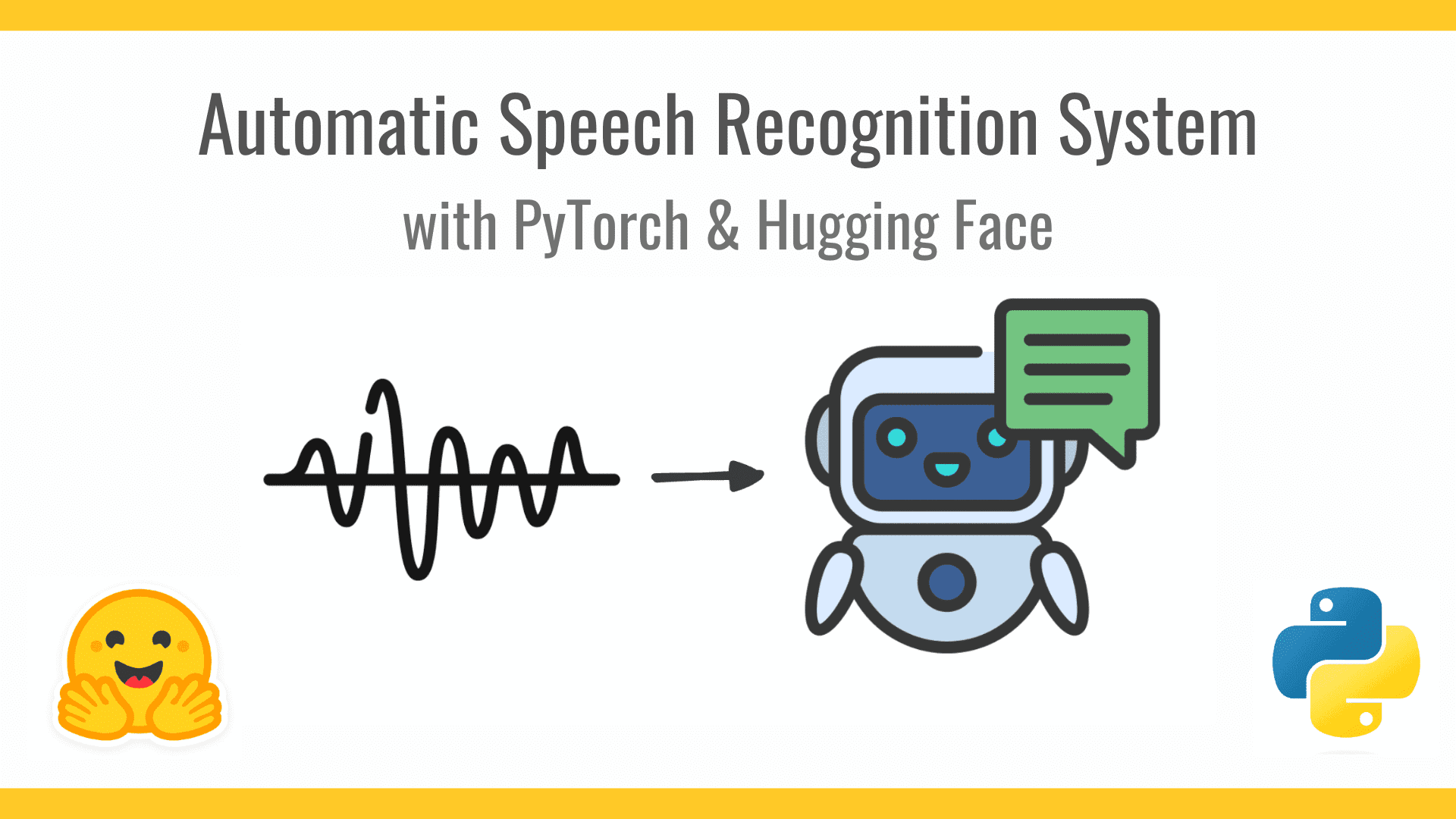


































































































![From broke musician to working dev. How college drop-out Ryan Furrer taught himself to code [Podcast #166]](https://cdn.hashnode.com/res/hashnode/image/upload/v1743189826063/2080cde4-6fc0-46fb-b98d-b3d59841e8c4.png?#)



![[FREE EBOOKS] The Ultimate Linux Shell Scripting Guide, Artificial Intelligence for Cybersecurity & Four More Best Selling Titles](https://www.javacodegeeks.com/wp-content/uploads/2012/12/jcg-logo.jpg)



































.png?#)















































